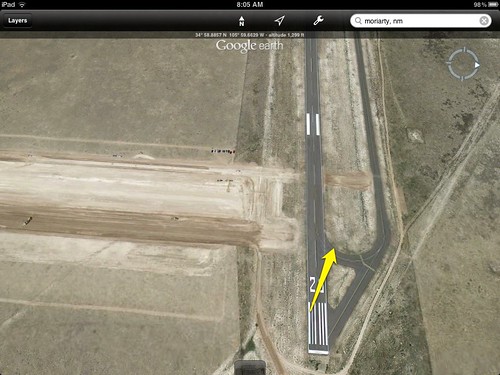FastEddieB
Touchdown! Greaser!
- Joined
- Oct 14, 2013
- Messages
- 11,492
- Location
- Lenoir City, TN/Mineral Bluff, GA
- Display Name
Display name:
Fast Eddie B
Just this morning I finished up the Annual Condition Inspection on my Sky Arrow.
The manufacturer provides a checklist for flight testing, and with everything buttoned up and checklist in hand and GoPro on cap I went flying, in spite of some gusty winds and an Airmet for turbulence to 18,000'.
Everything went perfectly - no squawks at all. Yay!
Anyway, circled down over the airport, and on final it was obvious it was pretty gusty and the left crosswind to RWY2 could make things bumpy with wind spilling over the trees just west of the runway.
I have mentioned before if the wind is really howling, one can reduce the amount of the crosswind by landing at an angle to the runway. This video is, I think, a good example of that.
https://www.youtube.com/watch?v=rWO8mPlmb-k
BTW, it is not my habit to drag it in with that much power. I just misjudged the strength of the wind. So it goes.
The manufacturer provides a checklist for flight testing, and with everything buttoned up and checklist in hand and GoPro on cap I went flying, in spite of some gusty winds and an Airmet for turbulence to 18,000'.
Everything went perfectly - no squawks at all. Yay!
Anyway, circled down over the airport, and on final it was obvious it was pretty gusty and the left crosswind to RWY2 could make things bumpy with wind spilling over the trees just west of the runway.
I have mentioned before if the wind is really howling, one can reduce the amount of the crosswind by landing at an angle to the runway. This video is, I think, a good example of that.
https://www.youtube.com/watch?v=rWO8mPlmb-k
BTW, it is not my habit to drag it in with that much power. I just misjudged the strength of the wind. So it goes.



